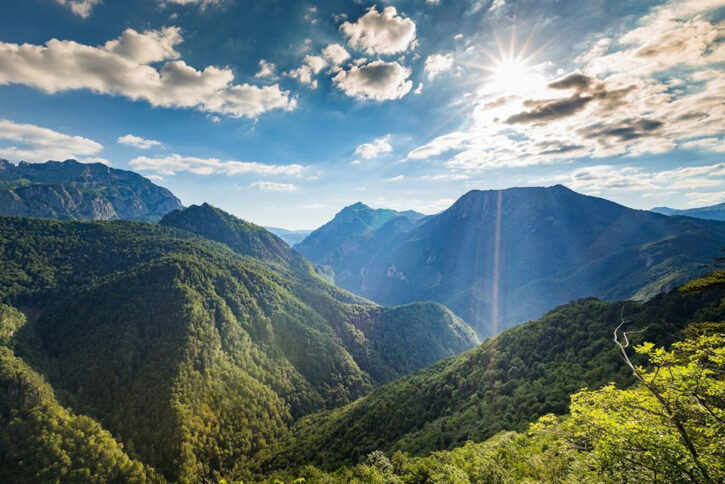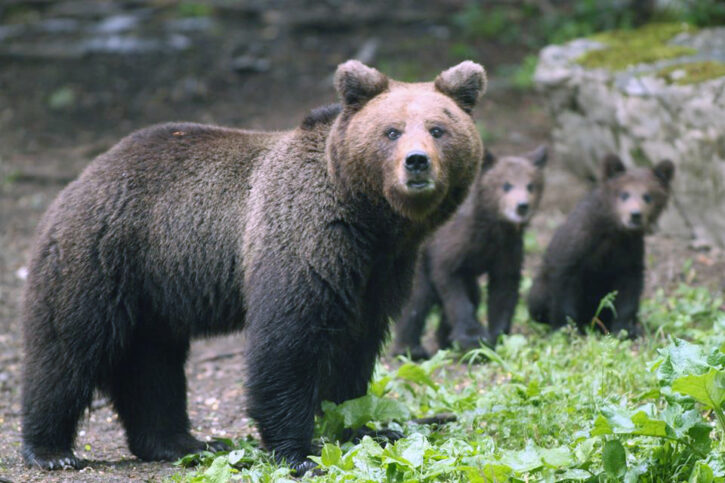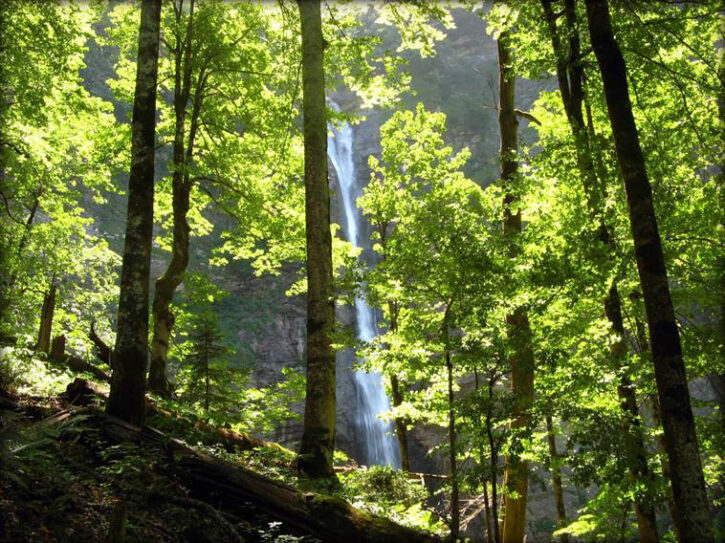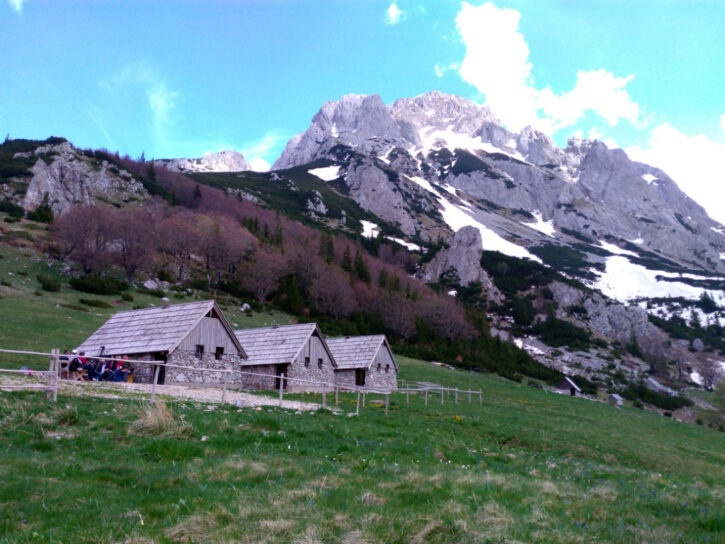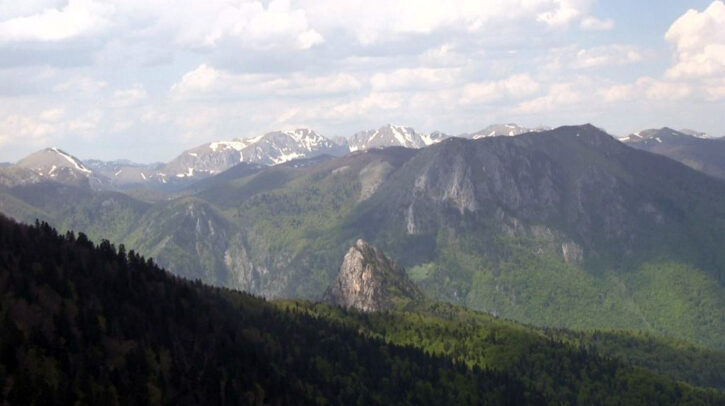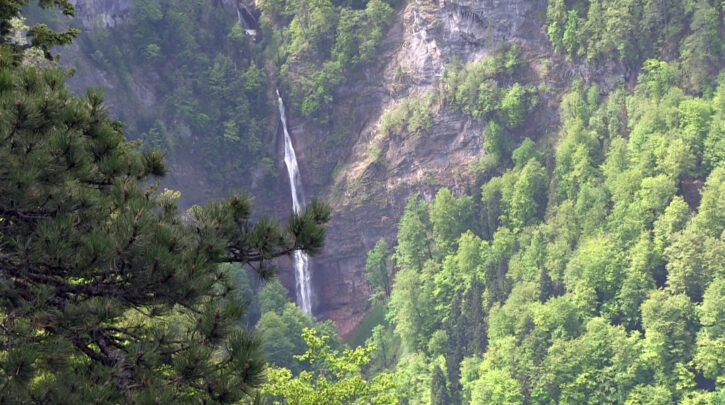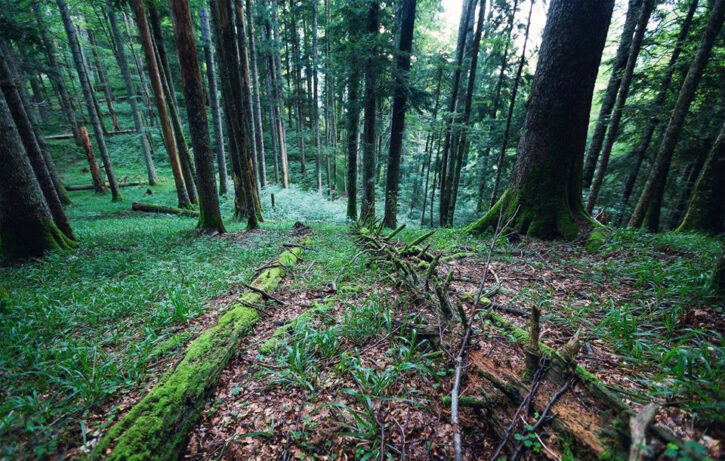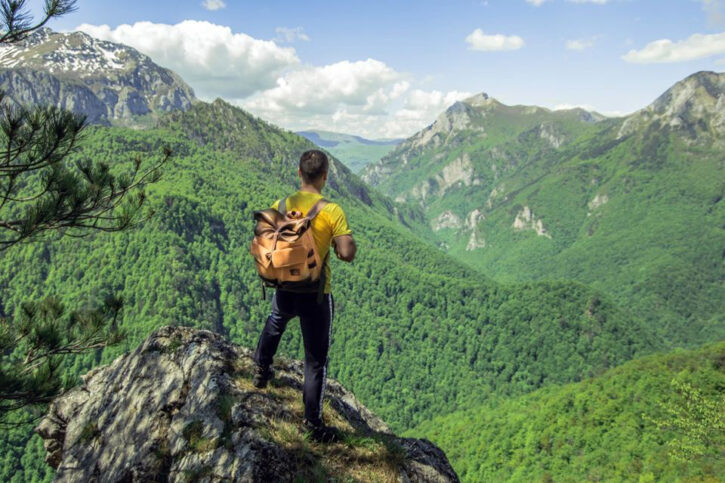
It is believed that no human ever set foot in a large part of the Perucica forest, one of Europe’s last remaining old-growth forests, is still a mystery for explorers and scientists and a sight to behold for tourists from across the world.
Located in the west of the country between some of Bosnia’s highest mountains – Maglic, Snijeznica and Volujak, Perucica is known for its immeasurable biological value. The forest is packed with beech, conifer and spruce, with some of the trees as high as 60 metres.
Experts recognised the value of the Perucica forest already back in 1938, during the time of the Kingdom of Yugoslavia. The area would become a nature reserve in the 1950s, and in 1962, the National Park Sutjeska was established.
The forest has a specific landscape, different from other forests of that kind. It sits on the bay of the Perucac creek and includes the 75-metre Skakavac waterfall located at the heart of the forest which contains a variety of rare flora specimens that survived the Ice Age.
According to Djordje Vukovic, who works at the Sutjeska National Park, the flora that can be found in the area dates back to the tertiary and quaternary periods.
“Those plant species that were exposed to glaciers at that time descended to these low Balkan latitudes, and later, when melting began, glaciers receded and these species stayed in these canyon valleys,” Vukovic said.
The high-density forest remains untouched by humans. It is believed that nobody ever set foot in most of the area.
Vukovic spoke of three spruce trees, known as the ‘three sisters’, which were discovered in the 1970s and that experts from the Forestry Faculty in Sarajevo gathered parts of them for research.
“Their radius was two and a half metres and it was estimated that they were older than 250 years. Two of the three ‘sisters’ are still alive, and one of them remains in the ground,” he said.
Vukovic also spoke about the Skakavac waterfall, calling it an “extraordinary hydrological phenomenon.”
“It is a permanent watercourse, unlike some of those more well-known in Bosnia and Herzegovina and the Balkans which do not have a constant course, and it is the highest one in this area. The flow varies, in the summer it is nine litres per second, while in the autumn and spring it is 12. It has several springs, mostly on Maglic and Volujak,” Vukovic said.
Tourists can experience the forest in tours organised in groups, and only if accompanied by a guide.
“The tour starts in Dragos Sedlo, a beautiful vantage point 12 kilometres away from Tjentiste. The tour lasts between three and a half and four hours,” Vukovic explained.
He said that more and more tourists, mostly from France Germany, Belgium, Scandinavian countries and since recently, the US and China, are visiting the forest.
The Sutjeska National Park also cooperates with rafting agencies and clubs in Foca and they send tourists to each other.
“Their guests come to us, ours go to them for rafting in the Tara and Drina rivers, and it works very well,” he said.
The forest is also packed with chamois, deer, bears, wolves and many species of birds.
The area, including Bosnia’s highest peak Maglic and Zelengora with it eight glacial lakes, is also famous for the Battle of Sutjeska – a WWII battle which remains a symbol of the fight for freedom.
A monument to the Partizan hospital, where Germany’s SS forces massacred wounded Partizans and medics, can be found in Dragos Sedlo.

